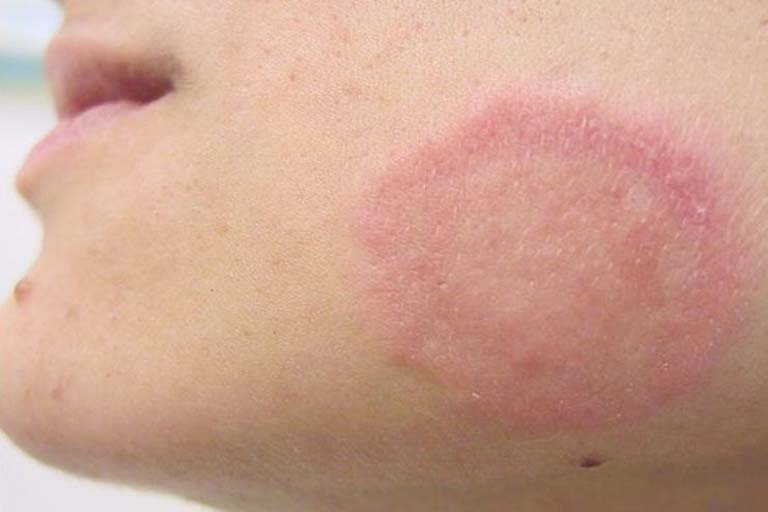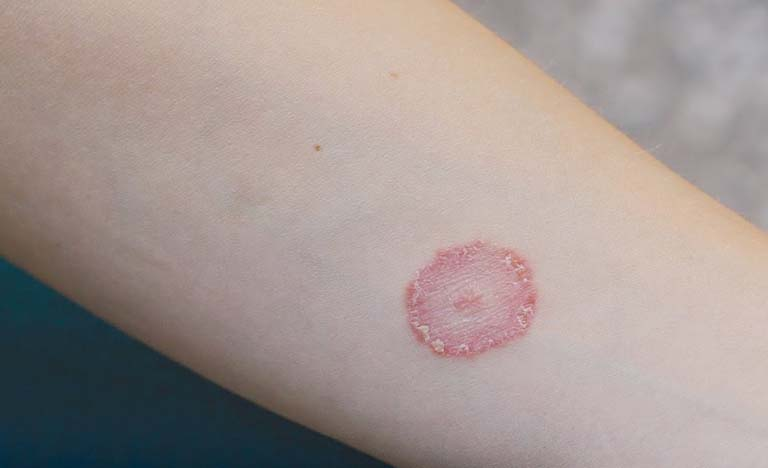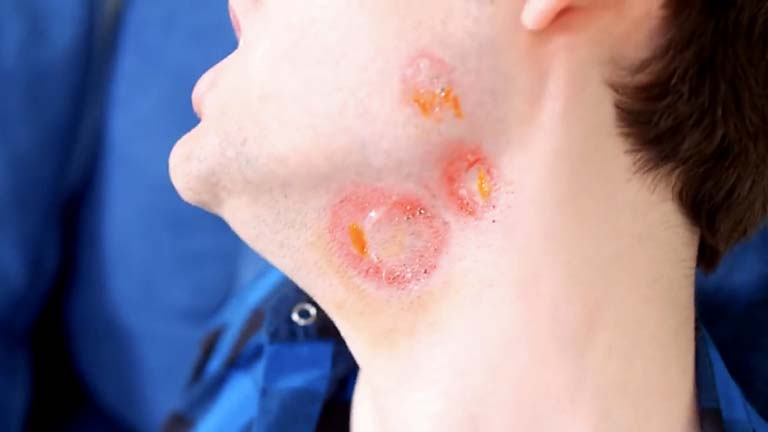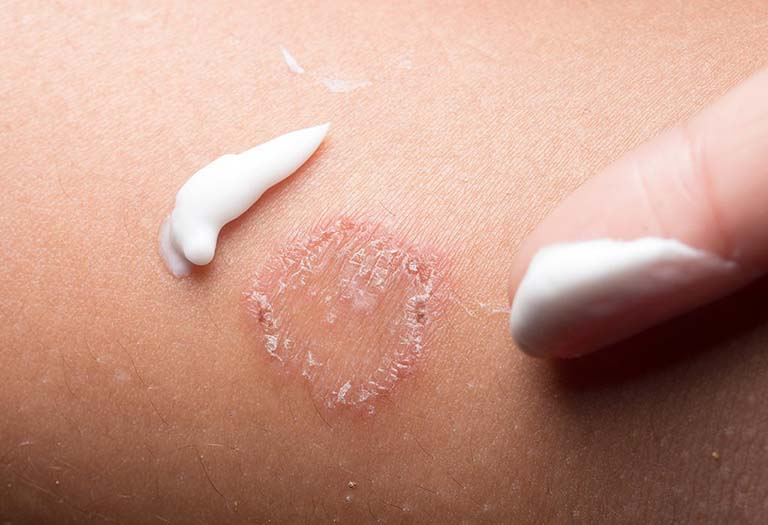Ringworm is a common yet frustrating skin condition that affects people worldwide. Although it is a mild fungal infection, its highly contagious nature makes treatment and prevention essential. In this article, we’ll explore what ringworm is, its symptoms, how it spreads, and effective treatment options to help you manage and prevent this persistent skin issue.
What is Ringworm? Understanding the Basics

Ringworm, also known as tinea, is a fungal skin infection caused by dermatophytes—a group of fungi that thrive on the outer layer of skin. The name “ringworm” is a misnomer; it has nothing to do with worms. Instead, the condition gets its name from the red, circular rash it causes, which often looks like a worm under the skin.
The infection is most common in warm, humid climates and during the summer months when conditions allow the fungus to flourish. It can affect people of all ages but is especially prevalent among children, athletes, and people with weakened immune systems.
Symptoms of Ringworm: How to Recognize the Infection
Recognizing ringworm can help you take action before it spreads. The symptoms typically vary depending on the part of the body affected, but they generally include:
- Red, Scaly Patches: The infection starts as small red or pink patches that grow over time. These patches often have a clear boundary and may form a ring-like shape.
- Itching and Discomfort: Ringworm can cause persistent itching, especially in humid environments or when you’re sweating.
- Spreading Lesions: Over time, the infected area can expand, and multiple patches may join together to form larger, irregularly shaped lesions.
- Blisters or Cracked Skin: In severe cases, the infected area may blister or develop cracks, especially in areas where skin folds, like the groin or between toes.
Ringworm can appear on various parts of the body, including the scalp, feet, groin, and hands. In each case, the symptoms might look slightly different, but the red, scaly rash is a common indicator.
Causes and Transmission: How Ringworm Spreads
Ringworm is highly contagious and can spread through several routes:
- Direct Skin Contact: The most common form of transmission is through skin-to-skin contact with an infected person or animal.
- Contact with Contaminated Objects: Ringworm can also spread through contact with contaminated items like clothing, towels, bedding, and grooming tools.
- Environmental Exposure: Although less common, you can contract ringworm by touching contaminated surfaces, such as gym mats or public showers, where the fungi thrive.
Knowing how ringworm spreads can help you take steps to avoid it. While anyone can get ringworm, people who spend time in close contact with others, use shared gym equipment, or have pets are at a higher risk.
Risk Factors: Who is More Susceptible?

Some factors increase the likelihood of contracting ringworm:
- Hot, Humid Climates: Ringworm fungi thrive in warm, moist conditions, which is why the infection is more common during summer.
- Close Contact with Infected Animals or People: Pets, particularly cats and dogs, can carry the fungi, so pet owners should be especially vigilant.
- Weak Immune System: Individuals with a compromised immune system, such as those with chronic illnesses, are more susceptible to ringworm.
- Poor Personal Hygiene: Wearing damp clothes, sharing personal items, or not washing regularly can create a favorable environment for ringworm.
Understanding these risk factors can help you take preventive measures to protect yourself and those around you.
Effective Treatment Options for Ringworm

Fortunately, ringworm is treatable, especially when caught early. Treatment options include over-the-counter medications, prescription treatments, and home remedies. Let’s look at each in more detail.
Topical Treatments
For mild cases, topical antifungal creams and ointments are effective. These products can be purchased over the counter or prescribed by a doctor. Commonly used topical medications include:
- Clotrimazole and Miconazole: These antifungal creams work by stopping the growth of the fungi causing the infection. Apply to the affected area for at least two weeks or as directed.
- Terbinafine (Lamisil): This topical cream is effective for treating ringworm and other fungal infections. It is typically used for one to two weeks.
- Ketoconazole Cream: Often prescribed for more stubborn cases, Ketoconazole targets the fungus directly and is suitable for sensitive skin areas.
Apply these treatments consistently and follow the instructions on the label or as directed by a healthcare provider. Completing the full course of treatment is crucial to prevent the infection from returning.
Oral Medications
In more severe cases, particularly when the infection covers a large area or doesn’t respond to topical treatments, oral antifungal medications may be necessary. Common options include:
- Griseofulvin: A widely prescribed antifungal medication for ringworm, taken for several weeks depending on the severity.
- Terbinafine Tablets: Another effective oral treatment, used particularly for scalp infections or widespread skin infections.
- Itraconazole: This medication is typically prescribed for difficult cases and may be taken for several weeks to ensure full recovery.
Oral antifungal medications can have side effects, so they are usually reserved for more serious infections or cases that do not respond to topical treatments.
Home Remedies: Do They Work?

While antifungal medications are the most effective treatment, some people turn to natural remedies to help manage symptoms and prevent recurrence. Popular home remedies include:
- Tea Tree Oil: Known for its antifungal properties, tea tree oil may help reduce the spread of the infection. Dilute with a carrier oil and apply to the affected area.
- Apple Cider Vinegar: Believed to have antifungal properties, apple cider vinegar can be applied directly to the skin with a cotton ball.
- Coconut Oil: With its antifungal and moisturizing properties, coconut oil is often used to soothe itching and inflammation.
While these remedies may provide relief, they should be used in conjunction with medical treatments for best results. Consult a healthcare provider before relying solely on home remedies.
Preventing Future Infections
Taking proactive steps can help prevent ringworm from recurring:
- Practice Good Hygiene: Wash your hands regularly, avoid sharing personal items, and shower after sweating or exercise.
- Keep Skin Dry and Cool: Ringworm thrives in moist conditions, so dry yourself thoroughly after bathing and wear breathable clothing.
- Clean and Disinfect Surfaces: Regularly disinfect surfaces in shared areas, like gyms or locker rooms, to reduce the spread of fungi.
- Monitor Pets: Check your pets regularly for signs of ringworm and consult a veterinarian if you suspect an infection.
These practices not only reduce your risk of contracting ringworm but also protect those around you.
Conclusion: Take Control of Ringworm with Proper Care
Ringworm might be a common and sometimes persistent skin infection, but it doesn’t have to disrupt your life. By recognizing the symptoms early, seeking appropriate treatment, and following preventive measures, you can effectively manage and prevent ringworm. Remember, personal hygiene and awareness are your best defenses against this highly contagious condition. So, take care of your skin and stay vigilant—both for yourself and the people (and pets) you care about.


